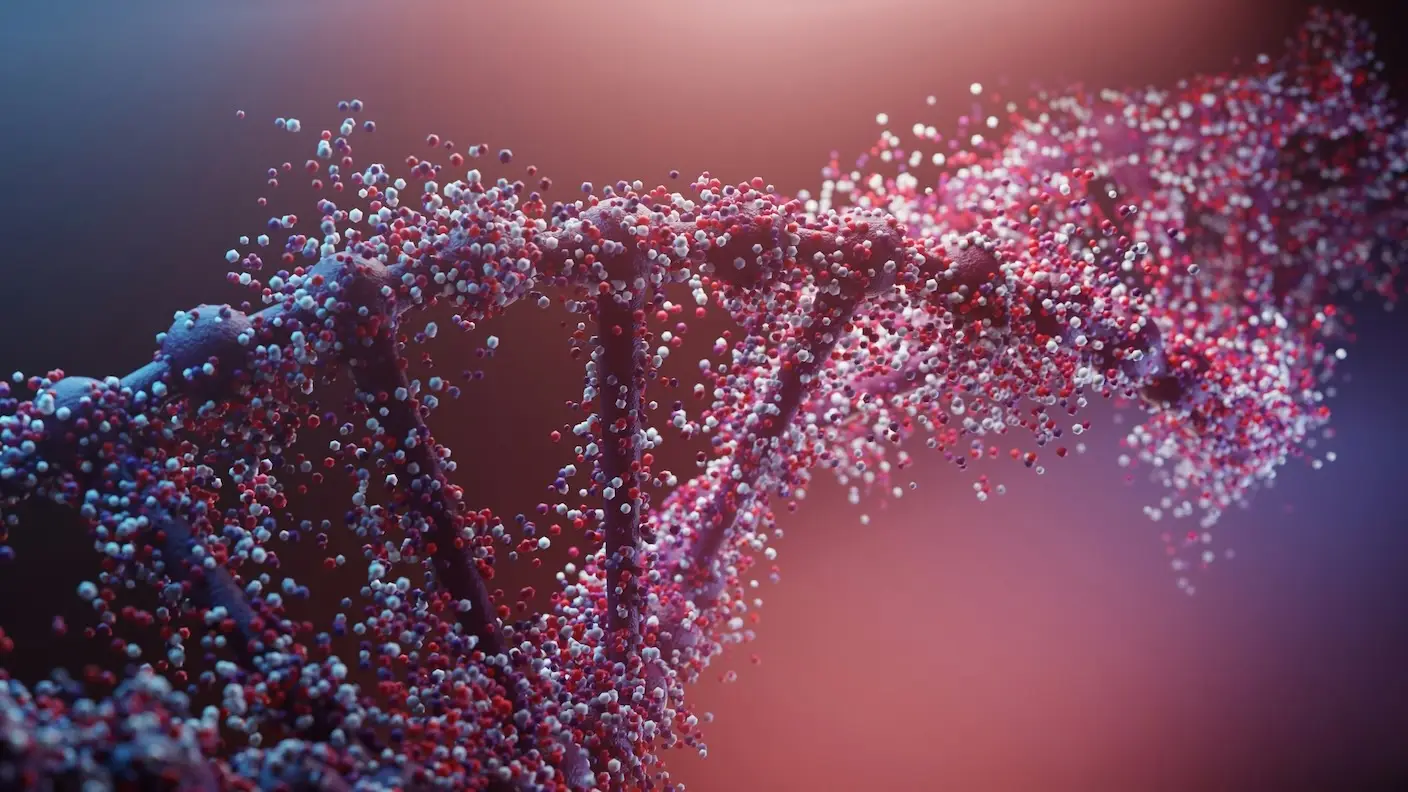Gene therapy has always carried a built-in paradox: the very act of “fixing” DNA risks creating permanent scars that could linger for generations. Now Yale researchers say they’ve cracked a safer way forward—genetic surgery without the scars.
Instead of hacking DNA, which is permanent and fraught with risk, they’ve turned their attention to RNA—the fragile middleman between DNA and proteins. RNA doesn’t last, and mistakes here don’t echo through generations. That makes it the perfect target for rewriting genetic messages without reshaping the human blueprint.
Continue reading… “The Genetic “Swiss Army Knife” That Could Rewrite Medicine Without Leaving Scars”











